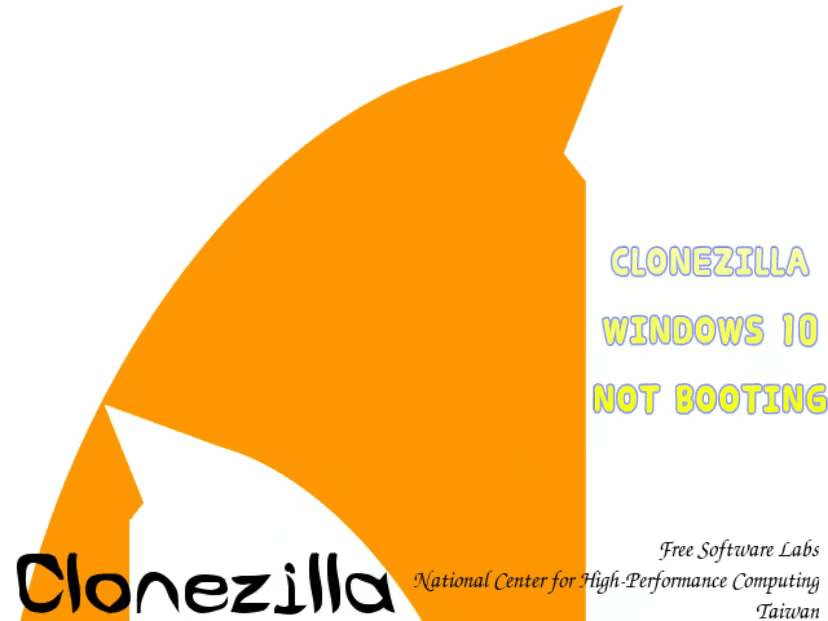
- #Clonezilla image restore leads to startup repair how to#
- #Clonezilla image restore leads to startup repair install#
- #Clonezilla image restore leads to startup repair iso#
However, if you are 100% certain that no other computer will be involved in the DRBL environment, and you do not care about the different IP address leasing problem, you can use the range in nf. Therefore even it's the same client, when it boots GNU/Linux via DRBL, it will leases one IP address, then next time when it boots into local MS windows, it will lease another different IP address. Besides, if you do not provide the static IP address to client, different operating systems (like GNU/Linux and MS windows), they use different DHCP client ID. This will keep you from cloning the system to incorrect or unknown clients. If you prefer to use DRBL live, remember to isolate the network environment from others. When setting up the DRBL server, it is recommended to collect the MAC addresses of the client computers and let the DRBL server offer the same IP address for the clients every time it boots.
#Clonezilla image restore leads to startup repair how to#
For how to use the latter mode, you can refer to here. During the configuration, you can choose to use the OS on the server as client's working environment when doing Clonezilla imaging/cloning job, or to use Clonezilla live as the OS of client in Clonezilla SE. Once DRBL is installed on the server, Clonezilla is ready. The setup might take about 30 minutes to a few hours, it depends on your internet bandwidth.
#Clonezilla image restore leads to startup repair install#
To install and configure a DRBL server, check this installation doc then follow it to setup such a Clonezilla server.
#Clonezilla image restore leads to startup repair iso#
Then you can burn the iso file to a CD/DVD with any burnning program, such K3b on GNU/Linux or InfraRecorder on MS Windows, and remeber to choose "Burn Image" to burn the ISO file on the CD. The former one is for CD, the latter is for USB flash drive.ĭownload an ISO file for CD/DVD. Two types of files are available, iso and zip.


To put DRBL live on boot media (CD or USB flash drive), the basic steps are to download pre-build DRBL Live then put it in a boot media (CD, USB flash drive or USB hard drive).



 0 kommentar(er)
0 kommentar(er)
